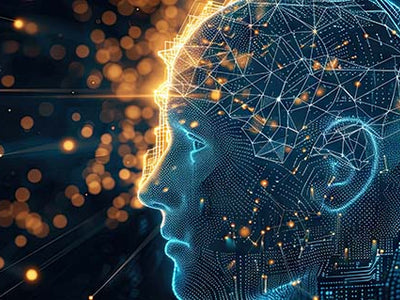Featured Blogs
We provide the latest updates on bioelectronic therapy for chronic conditions, and also serve as a trusted information resource for allergy sufferers.
Proudly featured in








Caring for Loved Ones During Cold and Flu Season
As the cold weather sets in, so does the season for sniffles, coughs, and the dreaded flu. Caring for loved ones during this time can be both challenging and rewarding....
Read More →

Understanding Rebound Effects of Over-the-Counter Sinus Medications
When it comes to finding relief from sinus congestion, many people turn to over-the-counter (OTC) medications. While these remedies can provide quick relief, they may also lead to rebound effects...
Read More →

Nurturing Your Sinuses: A Guide to Self-Care for Optimal Sinus Health
September 16, 2024 Did you know September is "Self-Care Awareness Month?" From the relentless pressure of sinus headaches to the nagging discomfort of sinus congestion, sinus issues can significantly affect...
Read More →

Sinus issues in Children Vs. Adults: What is the Difference?
September 6, 2024 When it comes to sinuses, there are several key differences between children and adults. Understanding these differences can help in diagnosing and treating sinus issues effectively. Sinus...
Read More →

How Allergies Can Affect Your Outdoor Sports Performance
August 1, 2024 The 2024 Summer Olympics are well underway, which means watching athletes from around the world compete across several summer sports, including outdoor track and field, cross-country running,...
Read More →

What Exactly Is Bioelectronic Medicine and How Can it Help Relieve Sinus Pain?
July 13, 2024 Bioelectronic medicine is an emerging field that explores the use of electrical impulses to modulate the body's neural circuits as a means of treating various diseases and...
Read More →

Tips for How To Enjoy An Allergy-Free Summer
June 28, 2024 Tips for How To Enjoy An Allergy-Free Summer Helping seasonal allergy sufferers stay safe, healthy, and enjoy the summer and outdoor holiday celebrations involves focusing on managing...
Read More →

Spotting Sinus Infections: Key Symptoms in Adults and Relief Options
June 14, 2024 Sinus infections, also known as sinusitis, can be quite uncomfortable and disruptive to daily life. While they often clear up on their own, knowing the symptoms and...
Read More →

Essential Pressure Points for Sinus Relief: A Step-by-Step Guide
May 27, 2024 Introduction: Sinus congestion can be a real nuisance, causing headaches, facial pressure, and difficulty breathing. While there are medications available, some people prefer natural remedies such as...
Read More →

8 Drug-Free Alternatives to Relieve Sinus Pain and Pressure
April 13, 2024 Sinus pain and pressure can be incredibly discomforting, affecting your daily activities and overall well-being. While over-the-counter medications can provide relief, there are also several drug-free alternatives,...
Read More →

How Bioelectronic Medicine Can Ease Symptoms of Sinus Inflammation and Improve Sleep
Updated April 13, 2024 Struggling with sinus inflammation can significantly impact your quality of life, especially when it interferes with your ability to get a good night's sleep. From congestion...
Read More →

Innovative Solutions for Spring Allergy Congestion and Sinus Pain
Updated 04/02/2024 As the vibrant colors of spring start to paint the world anew, for many, this season also brings a less pleasant visitor: allergies. Spring allergies can turn the...
Read More →
90-Day Risk-Free Trial With Every Tivic Purchase
Buy with confidence: We think Tivic's ClearUP will change your life for the better — but if you wish to return it for any reason, just contact us during your risk-free trial and we'll handle the rest.
